Redesigning the User Experience for SmartLock 2.0
Purpose
This workshop aims to reimagine the user interface and experience for SmartLock 2.0, a next-generation smart home locking system. It serves as a cornerstone in our journey to redefine home security, ensuring SmartLock 2.0 sets a new benchmark for user experience. The focus will be on improving usability, streamlining key user flows, and enhancing the visual design to align with modern trends.
Background
SmartLock 2.0 is a market leader in smart home security systems, serving over 200,000 homes globally. While successful, user feedback highlights key challenges, including difficulty during onboarding, app latency, and a lack of intuitiveness in the dashboard for lock status and access sharing. This workshop will address these pain points to enhance user satisfaction and maintain our competitive edge.
Objectives
Primary Goal:
To collaboratively design solutions that enhance SmartLock 2.0’s user experience.
Specific Objectives:
- Simplify the onboarding process to reduce the average setup time by 30%.
- Develop a dashboard prototype rated as "intuitive" by 90% of test users.
- Generate at least three innovative concepts for addressing app latency.
- Deliver prototypes that are feasible for implementation within six months.
Target Audience
Primary Users:
Tech-savvy homeowners aged 25-45 who value convenience, security, and smart technology integration.
- Demographics: Primarily urban dwellers in the US and Europe with household incomes above $70,000 annually.
- Why Their Feedback Matters: These users represent 80% of our customer base and provide critical insights into usability and design preferences.
Stakeholders:
- Product Manager: Jane Doe
- Lead UX Designer: John Smith
- Engineering Representative: Sarah Johnson
- Marketing Lead: Emily Brown
Workshop Details
Date and Time:
January 20, 2025, 10:00 AM - 4:00 PM
Location:
Room 304, TechSpace Coworking, New York City, NY
Participants:
- Facilitators: 2 (UX Lead and Product Manager)
- Designers: 4
- Engineers: 2
- Stakeholders: 3
- Observers: 1
Agenda:
- 10:00 AM - 10:30 AM: Introduction & Overview – Setting the stage for the workshop.
- 10:30 AM - 11:30 AM: User Research Insights Presentation – Sharing findings from recent usability studies to identify pain points.
- 11:30 AM - 1:00 PM: Ideation and Brainstorming – Collaborative session to generate innovative solutions.
- 1:00 PM - 2:00 PM: Lunch Break – Networking and informal discussions.
- 2:00 PM - 3:30 PM: Prototyping Session (Low-Fidelity Wireframes) – Developing initial prototypes for top concepts.
- 3:30 PM - 4:00 PM: Feedback, Discussion, and Next Steps – Reviewing prototypes and planning post-workshop actions.
Deliverables
- A compiled list of prioritized user challenges.
- Low-fidelity prototypes of proposed solutions (e.g., onboarding flow, dashboard interface).
- A detailed workshop report summarizing all activities, findings, and recommendations.
Resources Required
Materials:
- Sticky notes, whiteboards, markers, A3 sheets, and design kits (Sketch/Figma templates).
Technology:
- Projector and screen for presentations.
- Laptops with Figma installed.
- High-speed internet for collaborative design tools.
Pre-Workshop Reading:
- User journey maps and personas.
- Recent user feedback report.
- Current app wireframes and design systems.
- Preparation Instructions: Participants should review these materials and note questions or observations for discussion.
Timeline
- January 10, 2025: Finalize participants and materials.
- January 15, 2025: Distribute pre-workshop materials.
- January 20, 2025: Workshop Date.
- January 25, 2025: Deliver final prototypes and report.
Budget
- Venue Rental: $500 (Includes high-speed internet and A/V setup).
- Materials and Refreshments: $300.
- Facilitator Fees: $1,500 (Two facilitators at $750 each).
- Miscellaneous: $200.
- Total: $2,500.
Success Criteria
The workshop will be considered successful if the following outcomes are achieved:
- Three actionable design concepts are generated.
- Low-fidelity prototypes address all key user challenges.
- At least 80% of participants rate
Tools used
From brief
Topics
Share
Reviews
0 reviews
You might also like
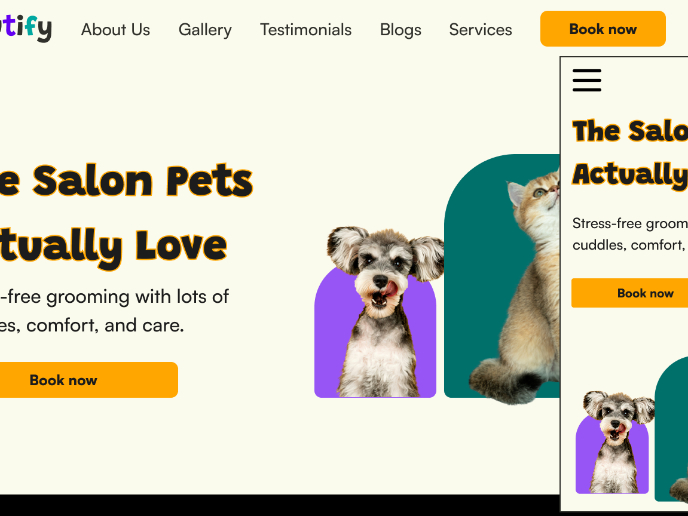
Pawtify - Responsive Landing Page Brief
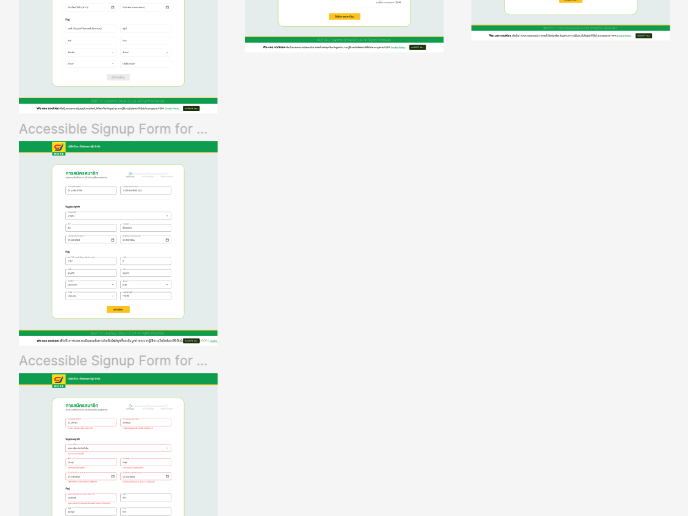
Accessible Signup Form for SaaS Platform
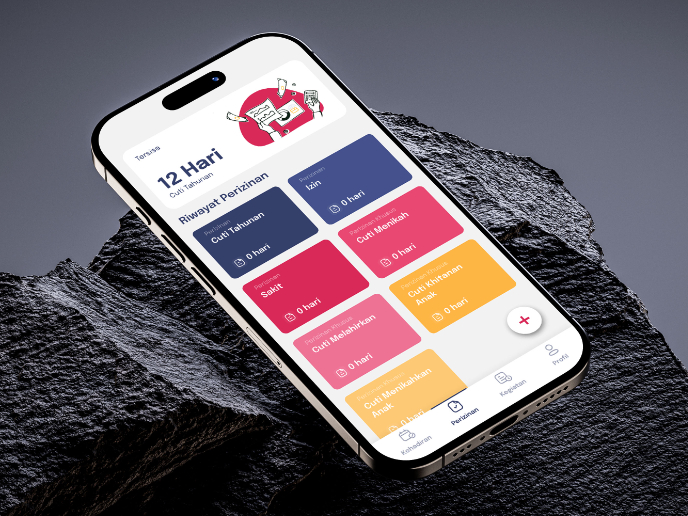
SIPALA - Attendance, Leave, and Activity Management System
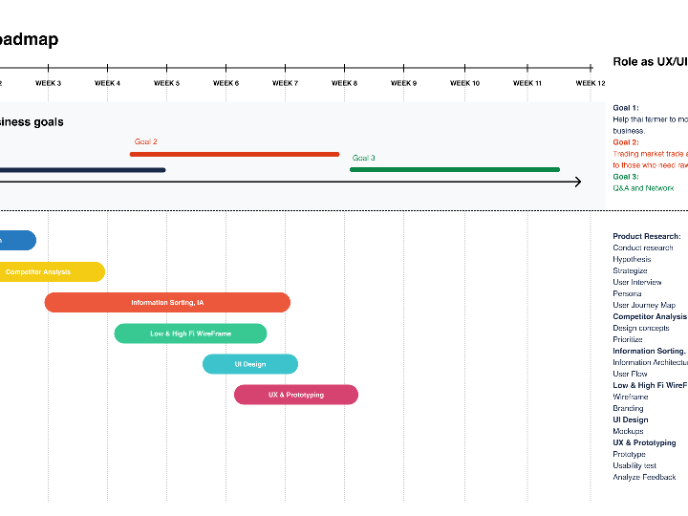
Build a Product Roadmap
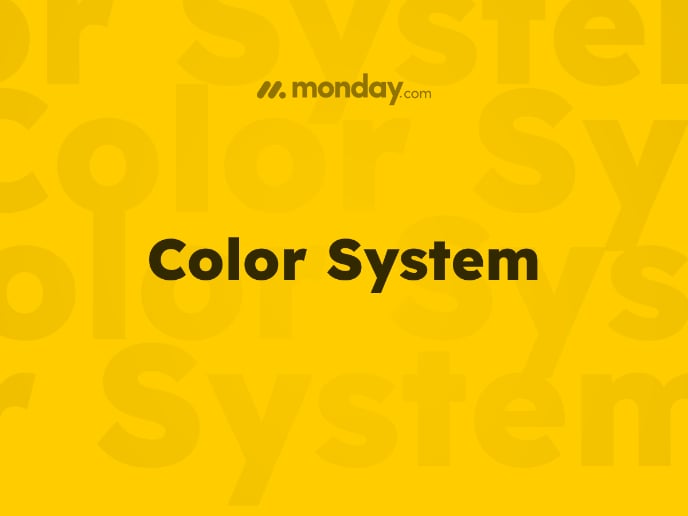
Monday.com Color System
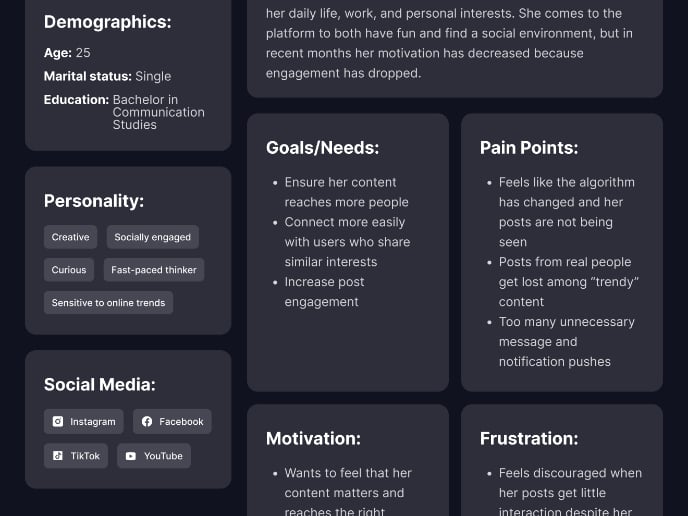
User Persona
Design Leadership Courses

UX Design Foundations

Introduction to Figma









